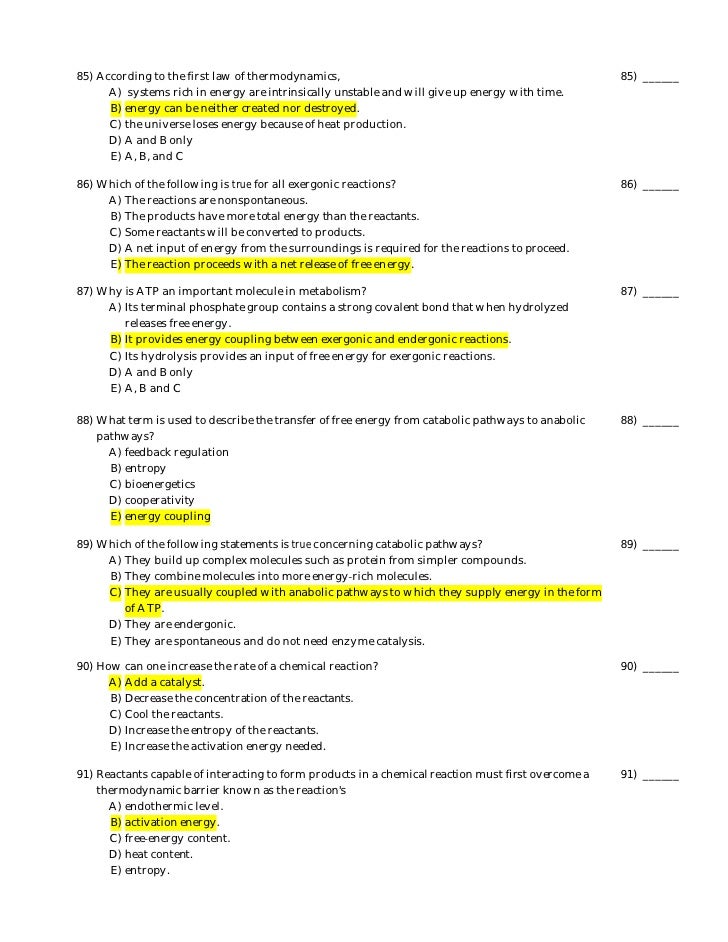Study Guide Cell Discovery And Theory
Sep 5, 2012 - Cell discovery and theory. History of Cell Discovery; 2. *Leeuwenhoek*Studied pondwater, sour milk,and other fluids*named moving. Kg 102a install manual choke. Complete theStudy Guide for ch 7.1If you finish early you may work oncredit Option A. Jan 4, 2016 - Many scientists and the discovery of the microscope contributed to new ideas about living things. One important idea is cell theory, which draws. Study guide answer cell discovery and theory. 420d manual chapter 7 section 1 cell discovery and theory care chapter 7 study guide cell discovery and theory.

Cell discovery and theory. 1. History of Cell Discovery. Daily Question:Brainstorm: What do you think of when you think of the word cell? Use a circle map to brainstorm.
History.Cells were unknown until thediscovery of microscopes in the1650’s.two scientists workingindependently built the firstmicroscopes.Anton von Leeuwenhoek in Holland.Robert Hooke in England.Leeuwenhoek.Studied pondwater, sour milk,and other fluids.named moving organisms“animalcules”scared people and caused asensation. Leeuwenhoek’sdrawings of“animalcules” set off aflurry of amateur andsometimes ridiculousclaims, such as:- pondwateranimalcules causingmadness!.Hooke.Studied cork - a kindof tree bark.named the structureshe saw “cells” becausethey reminded him ofthe small roomsmonks slept in. PauseTake two minutes to summarize yournotes into your own words.Spontaneous Generation From pre-historic times to about 1850, most people believed that under the right conditions,.living things could spontaneously appear from non-living material. People throughout the Middle Ages believed that mice could be “created” spontaneously byputting grain in dark,quiet place and leaving it for a few weeks. The discovery ofcells only confusedpeople more- Ifcells are alive,then where dothey come from? Can these almost invisible things appear spontaneously from the air?


Cellular Structure and Function 7.1 Cell Discovery and Theory 7.2 The Plasma Membrane The Discovery of the Cell Cell: The basic structural and functional unit of all living organisms Cell: The basic structural and functional unit of all living organisms Robert Hook Robert Hook 1665 1665 Looked at cork Looked at cork Used the word “cell” to describe what he saw Used the word “cell” to describe what he saw Anton van Leeuwenhoek Anton van Leeuwenhoek Designed his own microscope after reading a book written by Hook! Designed his own microscope after reading a book written by Hook! First to study living cells under microscope First to study living cells under microscope The Cell Theory 3 parts: 1.
3.1 Study Guide Cell Theory
All living things are made of cells 2. The cell is the basic unit of structure and organization in all living organisms 3. All cells can only come from other living cells, cells pass on genetic information to their daughter cells Video Clip Video Clip Microscopes Development of this technology allowed scientists to actually see cells for the first time Development of this technology allowed scientists to actually see cells for the first time Compound Light Microscopes Compound Light Microscopes How do you calculate total magnification? How do you calculate total magnification?